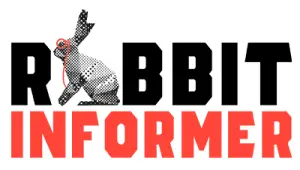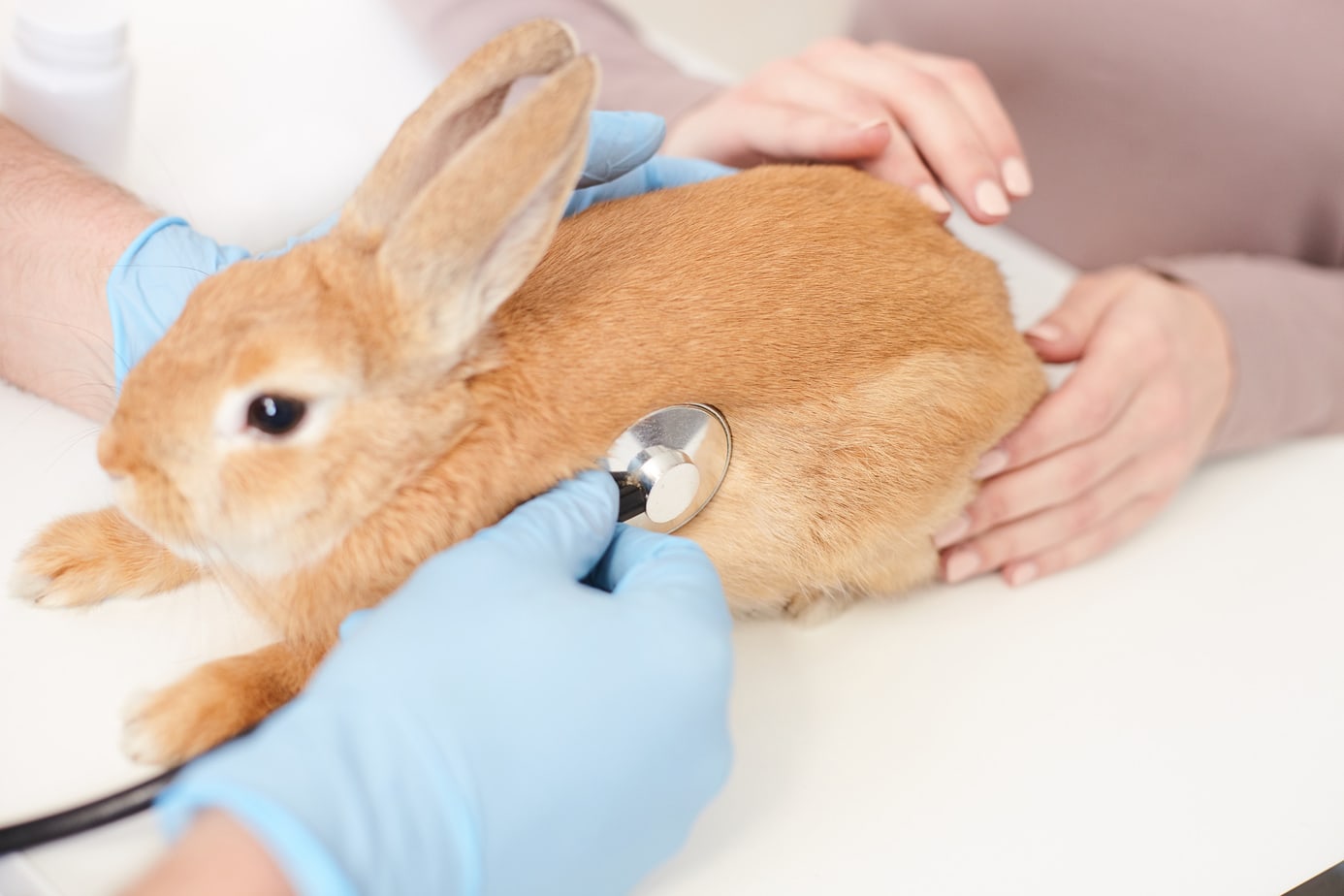
The birth of any species is a special time. It is extremely important to take adequate care of your rabbit and her bunnies so they remain safe and healthy.
To care for a rabbit after birth, separate it from the father rabbit, help the rabbit to create a nest, provide the rabbit with unlimited food and water, and check the rabbit for lactation. By accomplishing these tasks, it will ensure the rabbit stays healthy and safe after birth.
Giving birth can be stressful on a female rabbit and stressful on you, the caretaker. The following steps will help you become comfortable in the afterbirth process, thus decreasing the stress of the experience.
Separate the Mother and Father
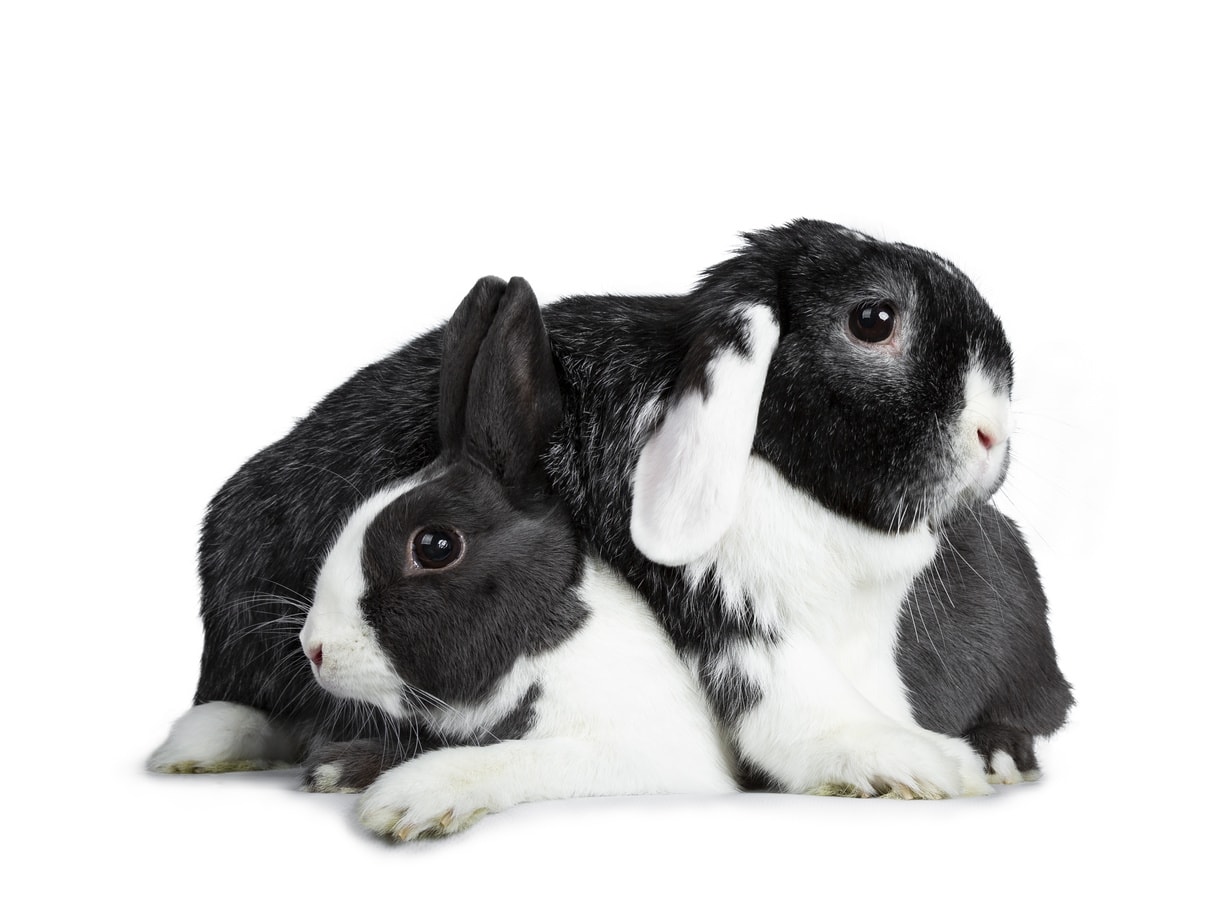
After a female rabbit has given birth, remove the father right away. The father rabbit will attempt to impregnate the female directly after birth, and it is possible the impregnation will be successful.
While you should separate the male from the female, do not completely remove them from one another’s sight. Rabbits are social animals and create strong emotional bonds. It is likely that the mother and father rabbits are attached to one another. That is, keep them near enough that they can nuzzle one another, but cannot be immediately next to each other. If the mother cannot interact with the father, she is likely to panic and increase the stress of the situation.
One way to keep the two rabbits separated but still close is to put a gate between them. This is better than a full cage or a box because the location is more flexible and the visibility through the barrier is higher.
If it is your intention to breed again with two particular rabbits, keep the father near the mother, but still at a distance. A father rabbit will be gentle with its young, but still has strong desires to impregnate females, even its own offspring when they are mature.
In this instance “safe distance” does not refer to protecting a litter from violent male behavior but from instincts and unwanted pregnancies.
If breeding is not your intention, especially after an accidental litter, have the father neutered. Allow the mother a day or two to recover and gain her strength before you take the father. You can reintroduce the two after both have healed and are experiencing less stress.
Why Separation Is Important
The main goal in keeping the male from the female is preventing another pregnancy.
In rabbits, mating induces ovulation which makes pregnancy almost certain. Because of this, female rabbits are able to become pregnant instantly after birth.
It is not safe for this to occur as it can potentially cause physical harm to the mother. In addition, the gestation period in rabbits is between twenty-eight and thirty-one days, and the average rabbit is weaned from its mother after eight weeks. By this count, the mother would have two litters to nurse at one time, which could potentially be 30 bunnies. As you can imagine, this is not ideal for the mother. It’s a lot more stress than her body can handle.
TIP
Wondering “Can Rabbits Mate Through a Cage or Fence?” is a very valid concern! My article on this topic addresses that issue thoroughly so that your furry friends can be kept as safe as possible during their separation.
Mothers should not become pregnant again until after their litter has been weaned from nursing. Weaning typically occurs when the litter is about eight weeks old but can happen as early as five weeks. Once it is safe for the mother to become pregnant again, the mother and the father can again be introduced to each other. It will be up to you to know when the right time is for your rabbit to have another litter.
Of course, the best way to prevent another pregnancy is to have your males and females spayed and neutered.
Create a Nest for the Mother and the Babies
Providing the mother and the baby rabbits with a nest is crucial. Oftentimes, you will notice the mother rabbit start to pull fur out of her body in preparation for her nest. However, she may not always do so, in which case you will need to provide one.
To prepare a nest for the mother and her babies, use an uncommonly used room. This space should be quiet and peaceful, to allow the mother to be given rest after she has given birth.
The box for the nest should be a small box. The babies should not be able to leave, however, the mother should be able to if she desires. If the babies leave, they may be scattered and lost when the mother returns to feed them. This is dangerous to a bunny because it could be injured and killed in the foreign world, or be lost and not receive the care and nutrition it needs.
Place straw or hay within the nest, ensuring it gets cleaned frequently. It is recommended to replace the straw or hay as frequently as possible. Do not leave the same straw or hay within the nest for over three days as it will quickly become soaked and soiled.
Life in the Nest
After the bunnies are born, be attentive to their health and the health of their mother.
One of the largest causes for concern after your rabbit has given birth is that the babies are warm and properly fed.
An easy way to tell if your bunnies are healthy is by their body temperature and shape of their body. A healthy bunny will be warm and have a round, whitish tummy from the milk. An unhealthy bunny will be cold and skinny, and you should investigate the health of the mother first and foremost.
With a healthy and active mother present, she will be willing to nurse her bunnies. Her instincts will take over once she is feeling strong enough. She will rise to the occasion to keep them warm and help them urinate.
It is not likely that a litter will be orphaned, but there are some cases wherein the mother dies during the birth, is extremely sick, or is aggressive toward her young. She might show some disdain toward nursing but can be encouraged to let her bunnies feed. If her behavior is excessively aggressive and threatening, remove the babies from her care and help them to survive.
Are Pregnant Rabbits Aggressive? This article will tell you all you need to know when taking care of an expecting mother, new mother, and her kits. You need to make sure their health and safety are top priorities when dealing with these circumstances.
The most important things to include in your care are the proper nutrients and a warm nest for the bunnies to live in until they are mature.
A handmade nest should be built in a small box. At the bottom of the box, place a warm, not hot, bottle of water, which will act as the heat source for your bunnies. (If you’d like, you can like the box with a leak-proof liner or container.)
On top of the bottle, install a thick, clean, and relatively new towel. If the towel is frayed or riddled with holes, the bunnies can get caught in the strings and be severely injured.
If the mother did remove some of her fur in preparation for her delivery, and if you have access to it, place that inside of your nest as well. This will help the bunnies acclimate to the man-made nest.
With the plush lining of the towel and the warmth emanating from the bottle, the bunnies will be comfortable and happy in their new nest.
Provide the Mother With Unlimited Food and Water
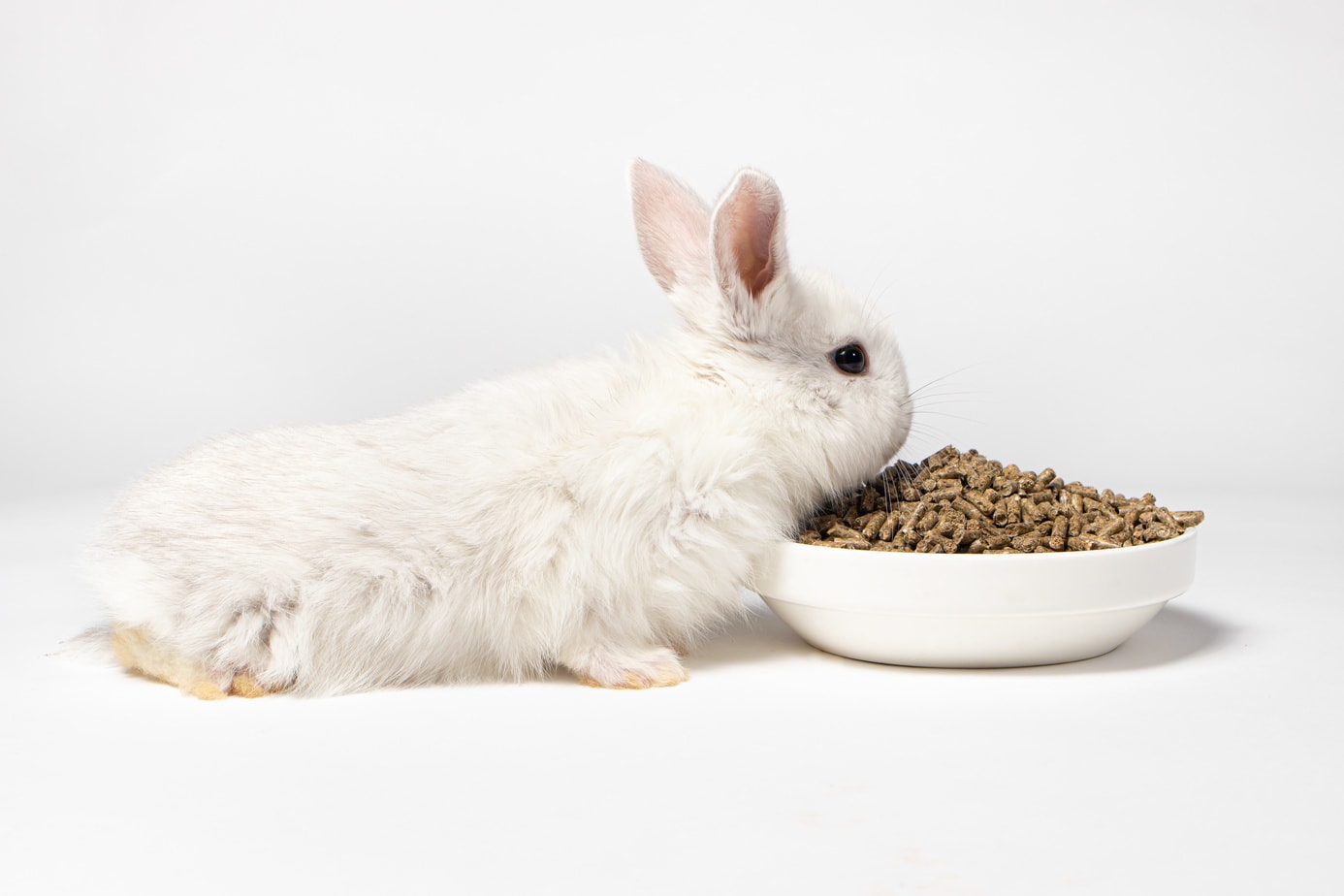
After a mother rabbit has given birth, ensure she is given unlimited food and water. Allow her to receive a variety of foods that she will enjoy and will help her to recover. These foods can include pellets, vegetables, or hay.
The nutrition that is found in these foods is crucial in a mother’s recovery. When properly fed, she will quickly regain her strength, ensuring she has a speedy recovery and is capable of nursing her litter. Not only will a well-rounded diet benefit mama rabbit, but her bunnies will prosper as well.
Varieties of these foods, such as orchard grass hay, alfalfa hay, and pellets, can be found on numerous pet care websites, such as chewy.com, petco.com, and amazon.com.
Fresh vegetables can be purchased from whichever grocery store you buy your produce. Be sure to thoroughly wash the vegetables beforehand. Pesticide residue on the plants can be harmful to the mother rabbit.
Check the Mother for Lactation
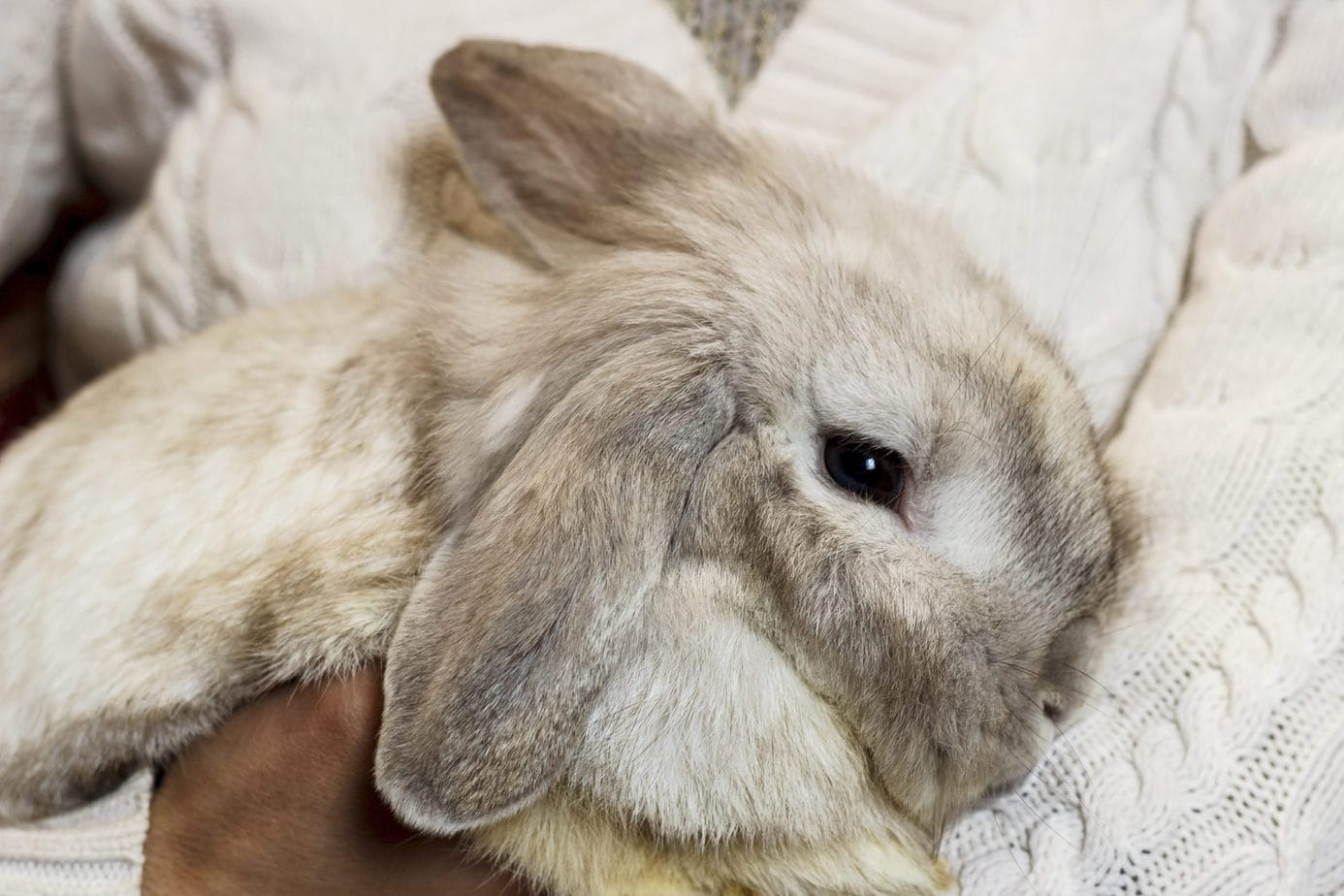
After the mother rabbit has given birth, remember that it is perfectly normal for them NOT to feed their babies right away. It may take them an entire day to start feeding them. Do not overcrowd the mother after she has given birth, as this may result in her becoming too stressed and threatened to start feeding her babies.
If the babies are not being fed, they will show signs of dehydration. These signs include wrinkled skin and stomachs that are not round. In addition, they may not be responsive when they are being handled by humans.
If the babies are dehydrated and are not being fed, check the mother for lactation. If she is not showing any signs of lactation, then she needs to be taken to a veterinarian.
What to Prioritize
The most important thing to track when taking care of a new litter is that they, along with their mother, are safe, comfortable, and healthy. With a healthy and attentive mother present, your job should solely be to monitor the environment of the new family, and not interfere with nature and its instincts.
